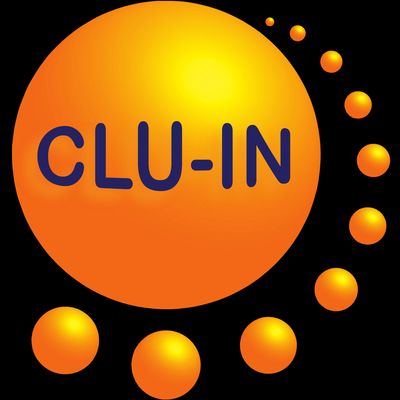Since 1998, The Contaminated Site Clean-Up Information (CLU-IN) website has presented Internet Seminars covering a wide variety of technical topics related to hazardous waste characterization, monitoring, and remediation. For select seminar topics offered since 2012, we are making complete video recordings available through our archives. This feed contains all video seminars archived in the last 12 months. For a complete list of seminars archived since 2000, please visit http://www.clu-in.org/live/archive/. Our Rehabilitation Act Notice for reasonable accommodation is available at http://www.clu-in.org/training/accommodation.cfm. CLU-IN was developed by the U.S. Environmental Protection Agency (EPA) but is intended as a forum for all waste remediation stakeholders. For more information and to view upcoming live offerings, please visit http://www.clu-in.org/live/. For a complete list of RSS feeds available on CLU-IN, please visit http://www.clu-in.org/rss/about/.
http://www.clu-in.org/live/archive
Environmental Geophysics Applied to Site Characterization, Plume Mapping, and Remediation Monitoring (Oct 15, 2018)
Environmental geophysics investigates the geophysical response to natural and anthropogenic materials, processes, and alterations, which impact human health and ecosystems within the near surface of the earth. This presentation will cover biogeophysics, geophysical characterization and monitoring of contaminant plumes and remediation, groundwater ? surface water interactions, using geophysics for conceptual site model (CSM) development, and online resources soon to be available at epa.gov. An overview of biogeophysics, which is the geophysical investigation of microbial processes and interactions in the earth, will include a summary of the geophysical response to biogeochemical reactions concluding with the current state of the science. Examples of using geophysical methods for monitoring remediation and contributing to the understanding of a site?s geology will be shared. Mapping and monitoring the interaction between groundwater and surface water are included with examples utilizing fiber optic distributed temperature sensors and electromagnetic induction. The presentation will conclude with a description of EPA?s Environmental Geophysics web presence that, once published, will include an online textbook, references, models, and decision support applications. This is part of a geophysics webinar series:Environmental Geophysics Applied to Site Characterization, Plume Mapping, and Remediation MonitoringBorehole Geophysics Applied to Bedrock Hydrogeologic EvaluationsGeophysical Method Selection: Matching Study Goals, Method Capabilities and Limitations, and Site ConditionsThis webinar is a result of Recommendation 9 of EPA?s Superfund Task Force, which encourages the Superfund program to ?utilize state-of-the-art technologies to expedite cleanup.? Actions under this recommendation include expanding the use of new site characterization and remediation technologies and approaches to address contaminated sites. https://www.epa.gov/superfund/superfund-task-force-public-participation-opportunities#webinar To view this archive online or download the slides associated with this seminar, please visit http://www.clu-in.org/conf/tio/EnvironmentalGeophysics_101518/
